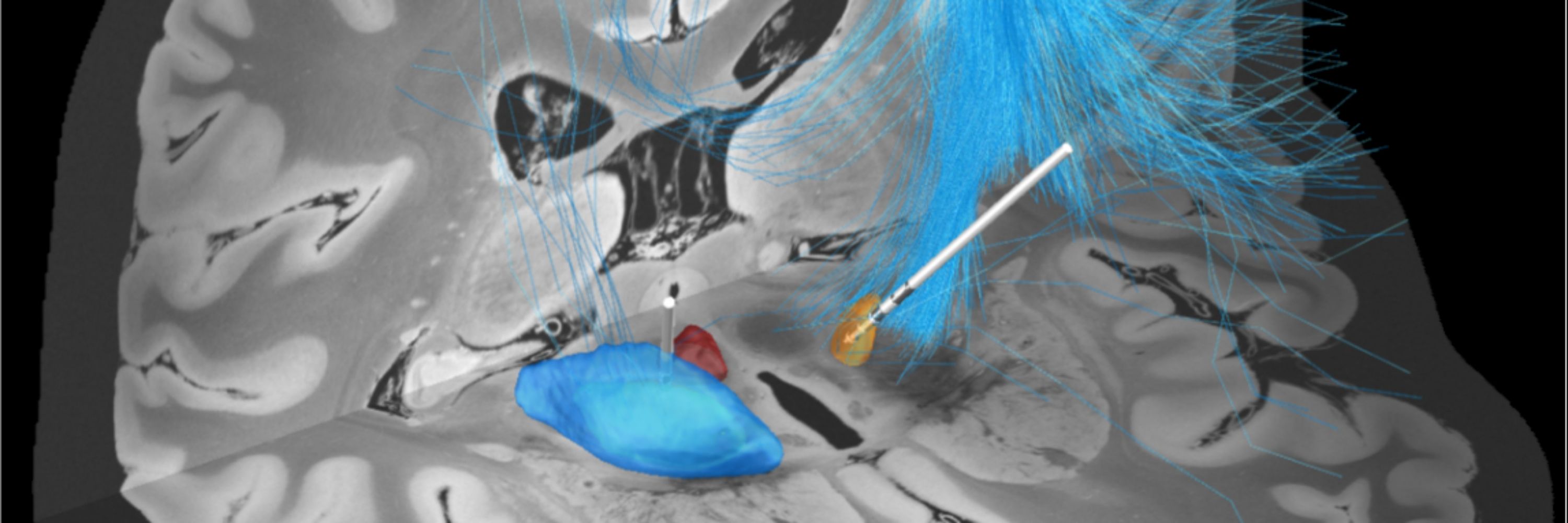
Charité - Universitätsmedizin Berlin
Opinions my own.





@neuroxepfl.bsky.social on "Deep Brain Stimulation as a Therapeutic Brain-Computer Interface: From Disease Signatures to AI-Driven Neural Circuit Prosthetics" this Thursday. Open on Zoom, too! Info here: memento.epfl.ch/event/neuro-...

@neuroxepfl.bsky.social on "Deep Brain Stimulation as a Therapeutic Brain-Computer Interface: From Disease Signatures to AI-Driven Neural Circuit Prosthetics" this Thursday. Open on Zoom, too! Info here: memento.epfl.ch/event/neuro-...



We believe this is worth investigating in humans! 4/n

We believe this is worth investigating in humans! 4/n


1/n

1/n







